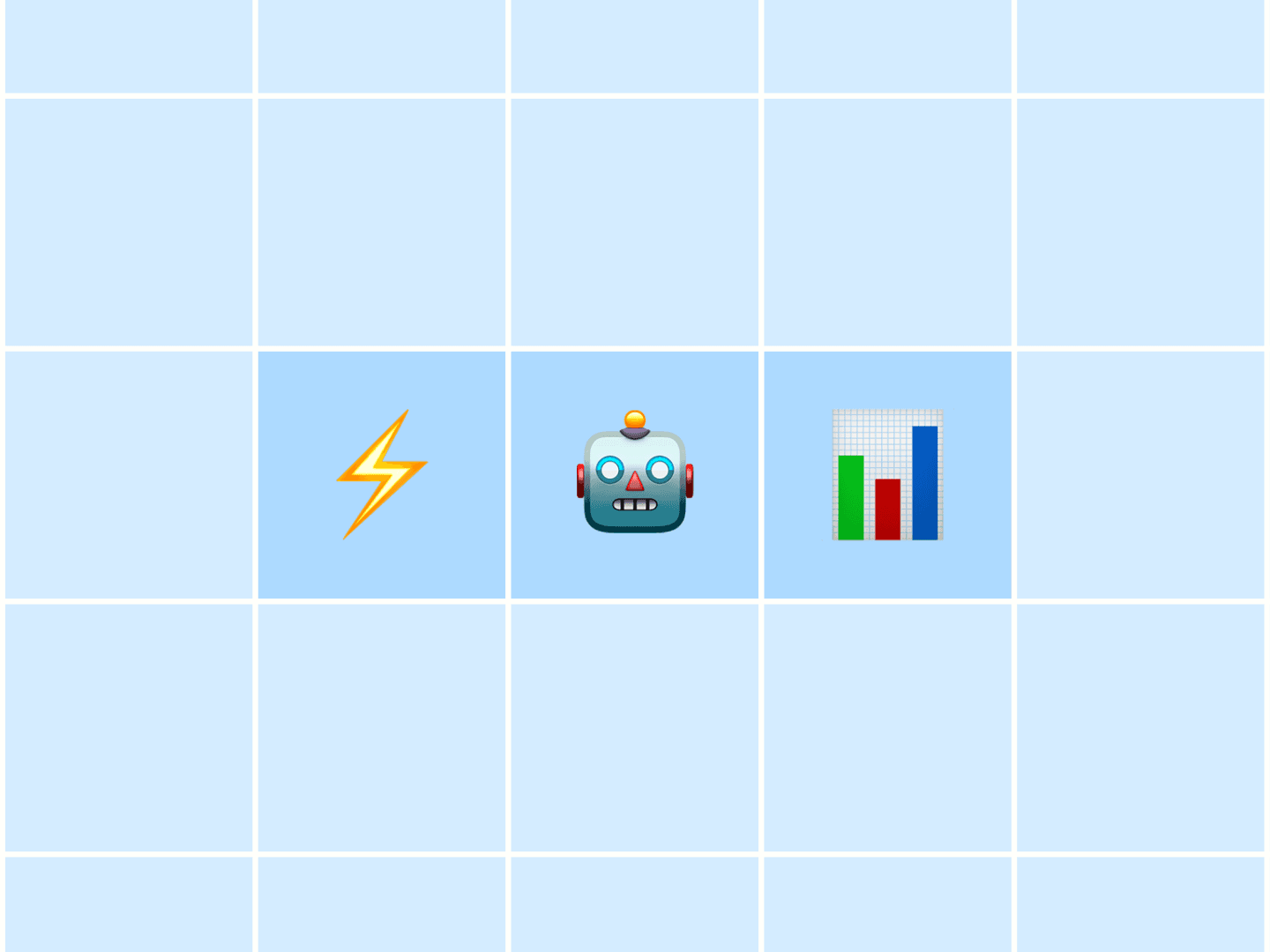The other day I was listening to Dale Carnegie’s How to Win Friends and Influence People and and I found it amazing how this book, which has now sold over 15 million copies, originally started:
“I prepared a short talk. I called it ‘How to Win Friends and Influence People.’ I say ‘short.’ It was short in the beginning, but it soon expanded to a lecture that consumed one hour and thirty minutes.”
After giving this talk for some time, Carnegie found that the attendees started discussing their experiences and some “rules” emerged. Eventually the talk became a course, and there was a need for a textbook of sorts. Here’s how the now famous book became a reality:
“We started with a set of rules printed on a card no larger than a postcard. The next season we printed a larger card, then a leaflet, then a series of booklets, each one expanding in size and scope. After fifteen years of experimentation and research came this book.”
I found that absolutely fascinating – the book came out of a short talk and a few notes on a postcard-sized piece of card. Interestingly, I think a lot of the really big successes start like this.
The dangers of “big”
The challenge for a lot of us is that when we go about our lives, we interact with so many “big” things and we forget or don’t even know how they originally started. It’s difficult to understand how the evolutionary process of products and brands contributes and is vital to what they are today. We also all have big aspirations and want to get there fast.
I’ve personally made the mistake of trying to jump to “big” too soon many times before: the goal of my previous startup was to kill the business card, and we struggled to execute effectively on a much smaller scale. I think there are probably countless other examples out there where founders try to have an immediately huge vision.
Great things start small
What I’m starting to notice more and more, is that great things almost always start small. Most of us know that Richard Branson started the Virgin brand with a student magazine, but Virgin is just one of many examples which shows that the reality is counterintuitive: actually, the best things we know and love started as tiny things.
I’ve found that if I look into my own life, I find similarly that some of the most important achievements I’ve made started as little projects. Buffer itself is a great example: it started as a two-page website, and the short blog post describing this process has turned into a talk I’ve given more than 30 times.
Make it smaller: you’re more likely to succeed
One of my most interesting realizations from this thinking and from seeing many examples is that we probably should think and execute on a smaller level. If we do this, we’re more likely to succeed. I wrote about this previously, in the context of not trying to change the world right away. I was pleasantly surprised when Paul Graham wrote a comment in the discussion on my recent article which suggested similar:
“Don’t even try to build startups. That’s premature optimization. Just build things that seem interesting. The average undergraduate hacker is more likely to discover good startup ideas that way than by making a conscious effort to work on projects that are supposed to be startups.”
Start everything with an MVP
I think Eric Ries really nailed this concept with his notion of the Minimum Viable Product. The great thing is, we see that even historical successes like Dale Carnegie’s How to Win Friends and Influence People, published in 1936, started as just a short talk and a few notes on a small piece of card. That was the MVP, and it was a perfect way to start. And if the content in this smaller form hadn’t resonated with people, my guess is that the book wouldn’t even exist.
I believe that we could and should start to think about everything beginning as an MVP, starting much smaller than we might currently think about it. Andrew Chen has a great example: decide what blog posts to write based on Tweeting the potential headline. I think there are countless other opportunities for this too, in all areas of life.
Have you thought about the relationship of big thinking to success? Did something work out better when you started smaller? I’d love your thoughts on this topic.
This is the 9th article in our series with advice on building a business, company culture and life-hacking from Joel, CEO here at Buffer. You can grab all posts here.
Photo credit: Images by John ‘K’
Try Buffer for free
190,000+ creators, small businesses, and marketers use Buffer to grow their audiences every month.



